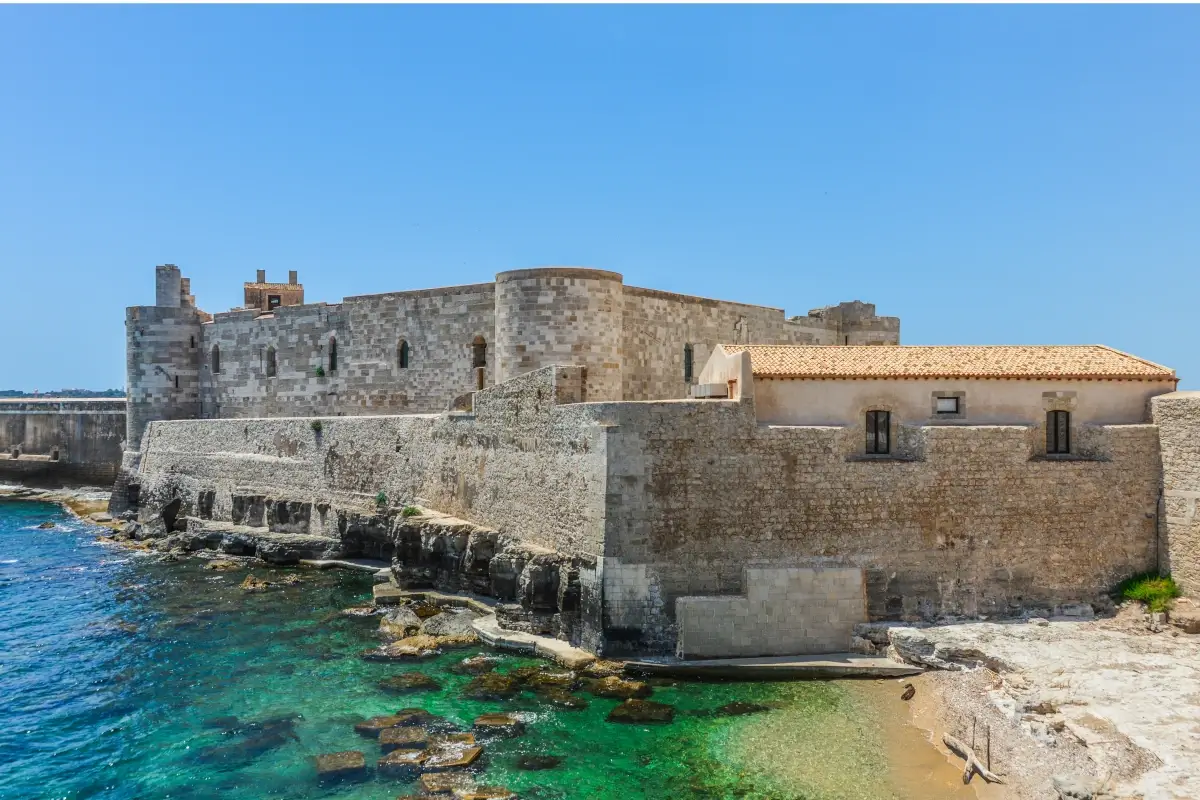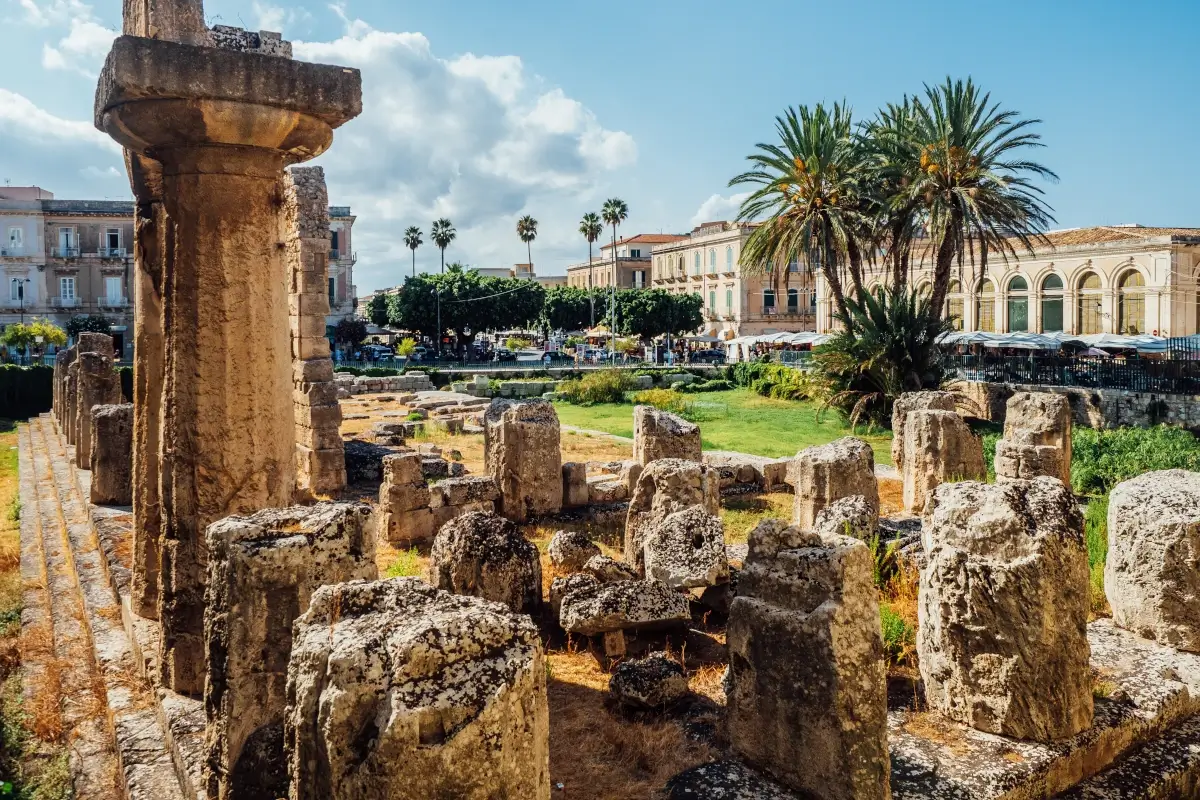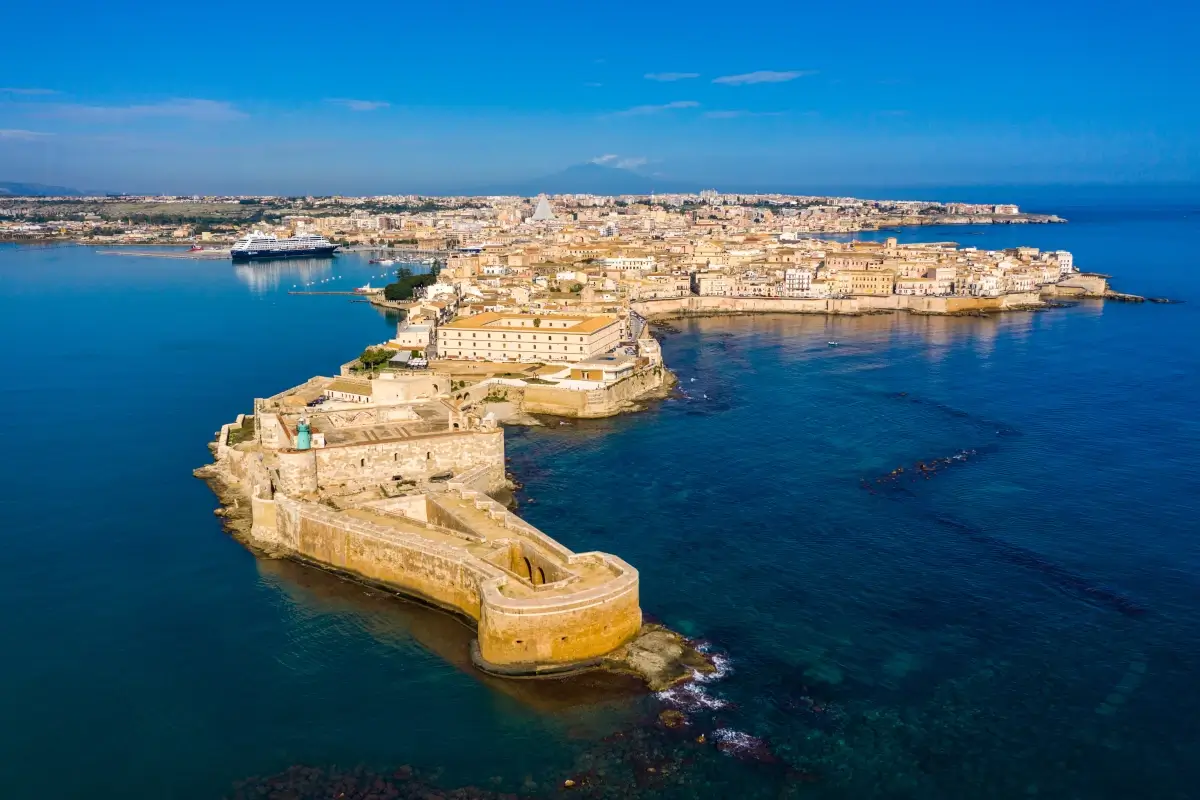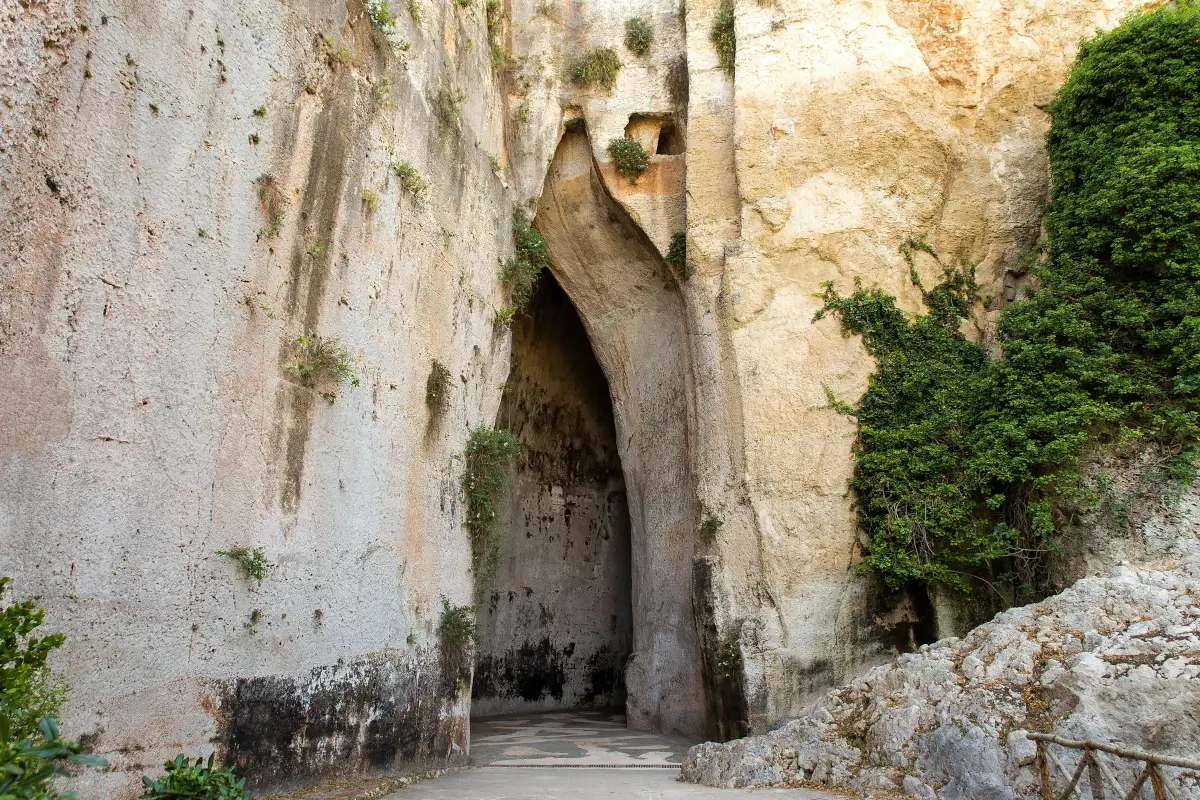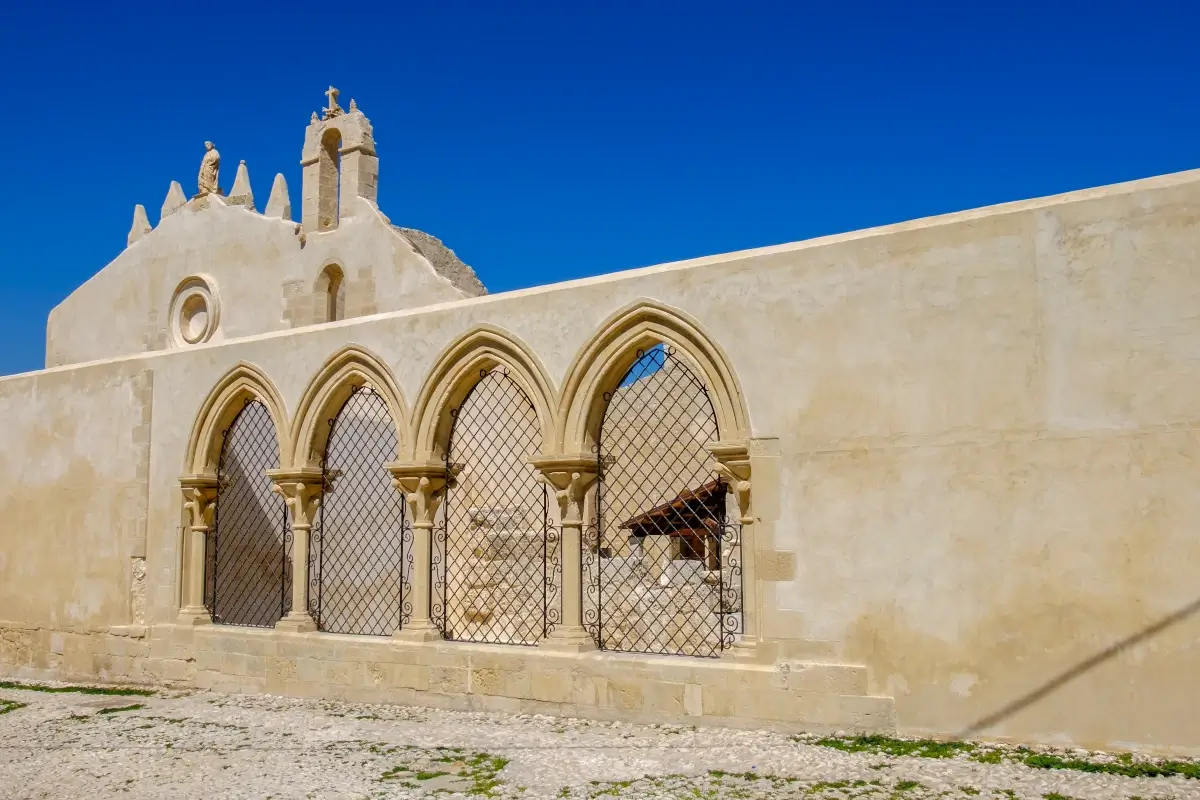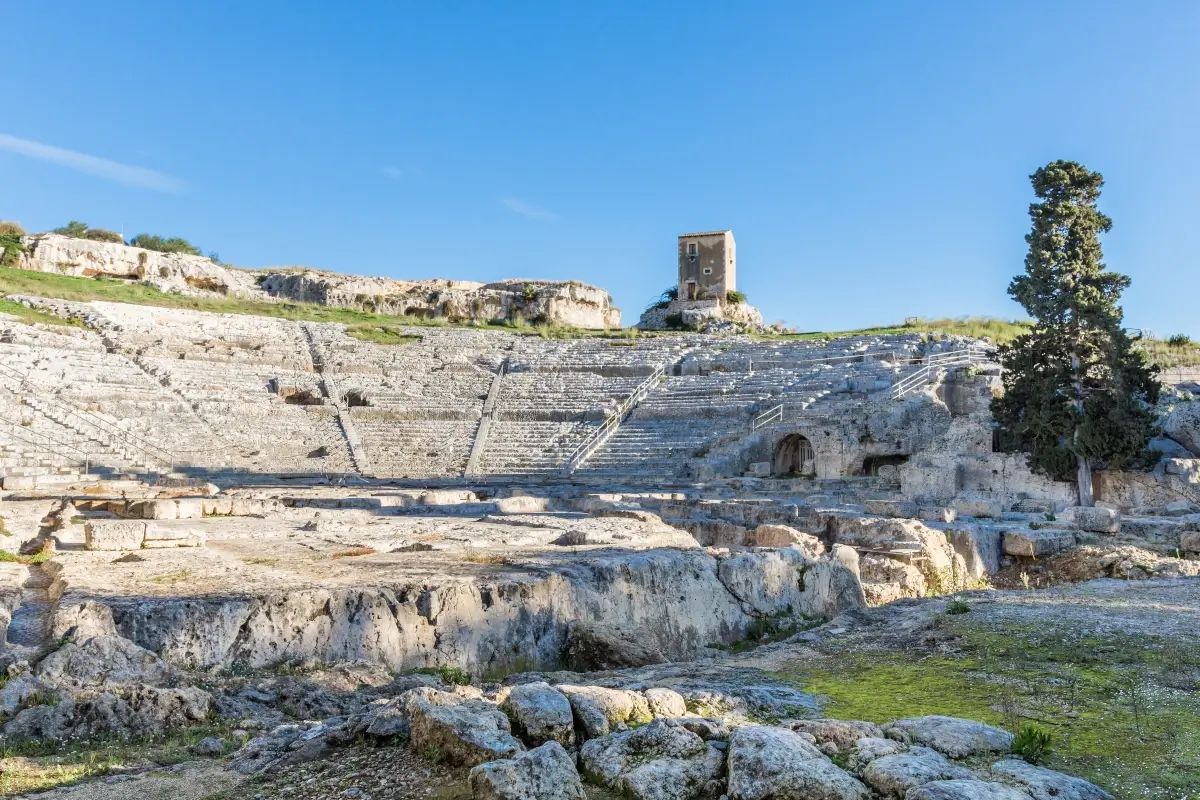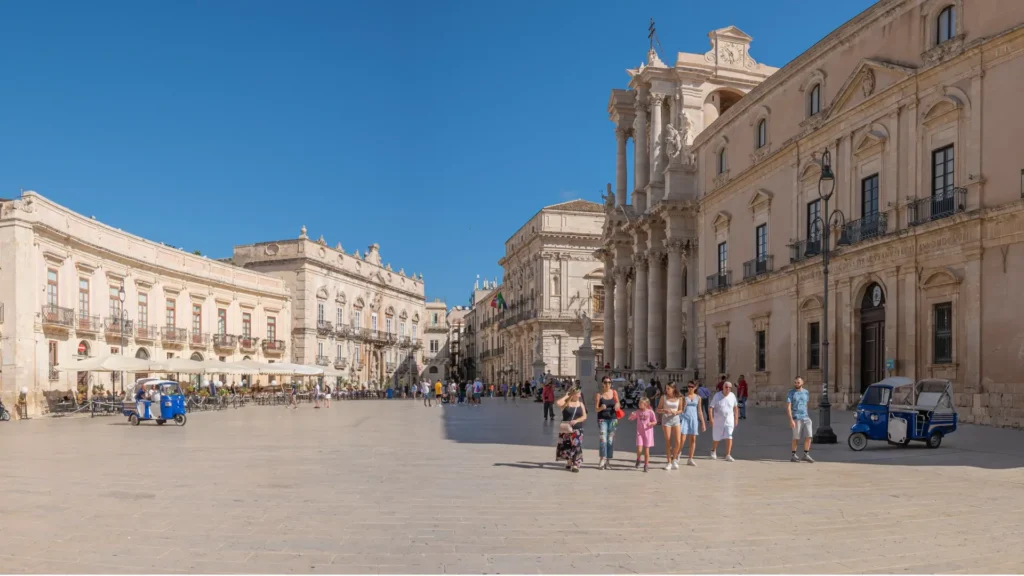Prehistory of Syracuse
Syracuse’s prehistory is a fascinating chapter that predates its Greek colonization. Evidence of human habitation dates back to the Bronze Age, with early settlers attracted by the region’s fertile lands and strategic coastal position. These ancient communities left behind artifacts and structures that offer intriguing insights into their lives and the foundations of what would become a significant ancient city.
Ortigia Island, the historic core of Syracuse, has been a center of human activity since prehistoric times. Its strategic location made it an attractive settlement area, with remnants of early life still visible today. As you explore Ortigia, you’ll uncover layers of history, from its prehistoric roots to its prominence in Greek and Roman times, making it a captivating destination for history enthusiasts.
History
Syracuse, a city rich in history, stands as one of the Mediterranean’s most significant ancient cities. Founded in 734 BC by Greek settlers from Corinth, it quickly rose to prominence due to its strategic location on Sicily’s southeastern coast. As a powerful city-state, Syracuse rivaled Athens and Carthage in influence and wealth, controlling vital trade routes and expanding its territory. This made it a bustling hub of commerce and culture in the ancient world.
The early history of Syracuse is marked by a dynamic political landscape. Initially governed by an oligarchy, the city transitioned to a tyranny under Gelon in the early 5th century BC. Gelon, a formidable leader, expanded Syracuse’s influence by defeating the Carthaginians at the Battle of Himera in 480 BC, solidifying its status as a dominant regional power. Under Gelon and his successors, Syracuse flourished, becoming a center of art, architecture, and intellectual thought. The construction of the Greek Theatre, one of the largest of its kind, is a testament to the city’s cultural achievements during this period.
Ortigia Island, the historical heart of Syracuse, has played a central role since the city’s founding. This small island, connected to the mainland by bridges, was the original settlement of the Greek colonists. Its strategic location made it an ideal defensive position, quickly becoming the political and religious center of Syracuse. The Temple of Apollo, one of the oldest Doric temples in Sicily, stands as a reminder of the city’s ancient religious practices.
Throughout its history, Ortigia has mirrored Syracuse’s broader historical narrative. During Dionysius the Elder’s reign in the late 5th century BC, Syracuse reached the height of its power. Dionysius fortified the city, including Ortigia, with massive walls and constructed the formidable fortress of Euryalus. His rule marked a period of military expansion and cultural prosperity, as Syracuse became a beacon of Greek civilization in the western Mediterranean.
However, the city’s fortunes were not always favorable. In the 3rd century BC, Syracuse became embroiled in the Punic Wars between Rome and Carthage. Initially siding with Carthage, the city later allied with Rome, leading to the famous Siege of Syracuse in 213-212 BC, during which Roman general Marcellus captured the city. Despite its fall, Syracuse remained an important cultural and economic center under Roman rule, continuing to thrive as part of the Roman Empire.
Ortigia Island continued to be a focal point during the Roman period. The island’s architecture and urban layout were influenced by Roman styles, and it remained a vibrant part of the city. The Cathedral of Syracuse, originally a Greek temple dedicated to Athena, was converted into a Christian church during the Byzantine era, reflecting the island’s enduring religious significance.
The medieval period brought new challenges and transformations to Syracuse and Ortigia. The city fell under the control of various powers, including the Byzantines, Arabs, and Normans. Each culture left its mark on Syracuse, contributing to its rich tapestry of architectural and cultural influences. The Arab period, in particular, introduced new agricultural practices and architectural styles, still visible in the city’s layout and buildings.
Ortigia, with its narrow winding streets and historic buildings, became a melting pot of these diverse influences. The island’s architecture reflects this blend, with Norman, Gothic, and Baroque elements coexisting harmoniously. The Palazzo Beneventano del Bosco and the Church of Santa Lucia alla Badia are prime examples of the island’s architectural diversity, showcasing the layers of history that have shaped Ortigia over the centuries.
In the modern era, Syracuse and Ortigia have embraced their historical heritage while evolving into vibrant contemporary destinations. The city’s rich past is celebrated through its well-preserved archeological sites, museums, and cultural festivals. Ortigia, in particular, has become a popular destination for tourists seeking to experience the charm and history of Syracuse. Its picturesque streets, bustling markets, and stunning sea views offer a unique glimpse into the city’s past and present.
Today, Syracuse stands as a testament to the resilience and adaptability of its people. The city’s history is a tapestry woven with the threads of various cultures and civilizations, each contributing to its unique identity. From its ancient Greek origins to its modern-day allure, Syracuse continues to captivate visitors with its rich history and timeless beauty. Whether exploring the ancient ruins, strolling through the historic streets of Ortigia, or savoring the local cuisine, visitors to Syracuse are sure to be enchanted by the city’s enduring legacy.
Archaeology
Syracuse, nestled on the southeastern coast of Sicily, Italy, is a city steeped in history and archeological significance. Founded by ancient Greek settlers in 734 BC, it rose to become one of the most powerful cities of the ancient world. The city is renowned for its well-preserved Greek and Roman ruins, including the Greek Theatre, one of the largest of its kind, which still hosts performances today. Other notable sites, such as the Roman Amphitheatre and the Ear of Dionysius—a limestone cave with remarkable acoustics—further reflect Syracuse’s historical importance.
Ortigia Island, the historical heart of Syracuse, is a small yet vibrant island connected to the mainland by bridges. It is a treasure trove of archeological wonders and architectural beauty. The island is home to the Temple of Apollo, one of the oldest Doric temples in Sicily, and the Cathedral of Syracuse, built over the ancient Temple of Athena. Ortigia’s narrow streets are lined with Baroque buildings, charming piazzas, and bustling markets, offering a glimpse into the island’s rich cultural tapestry. The blend of ancient ruins and medieval structures makes Ortigia a captivating destination for history enthusiasts and travelers alike.
